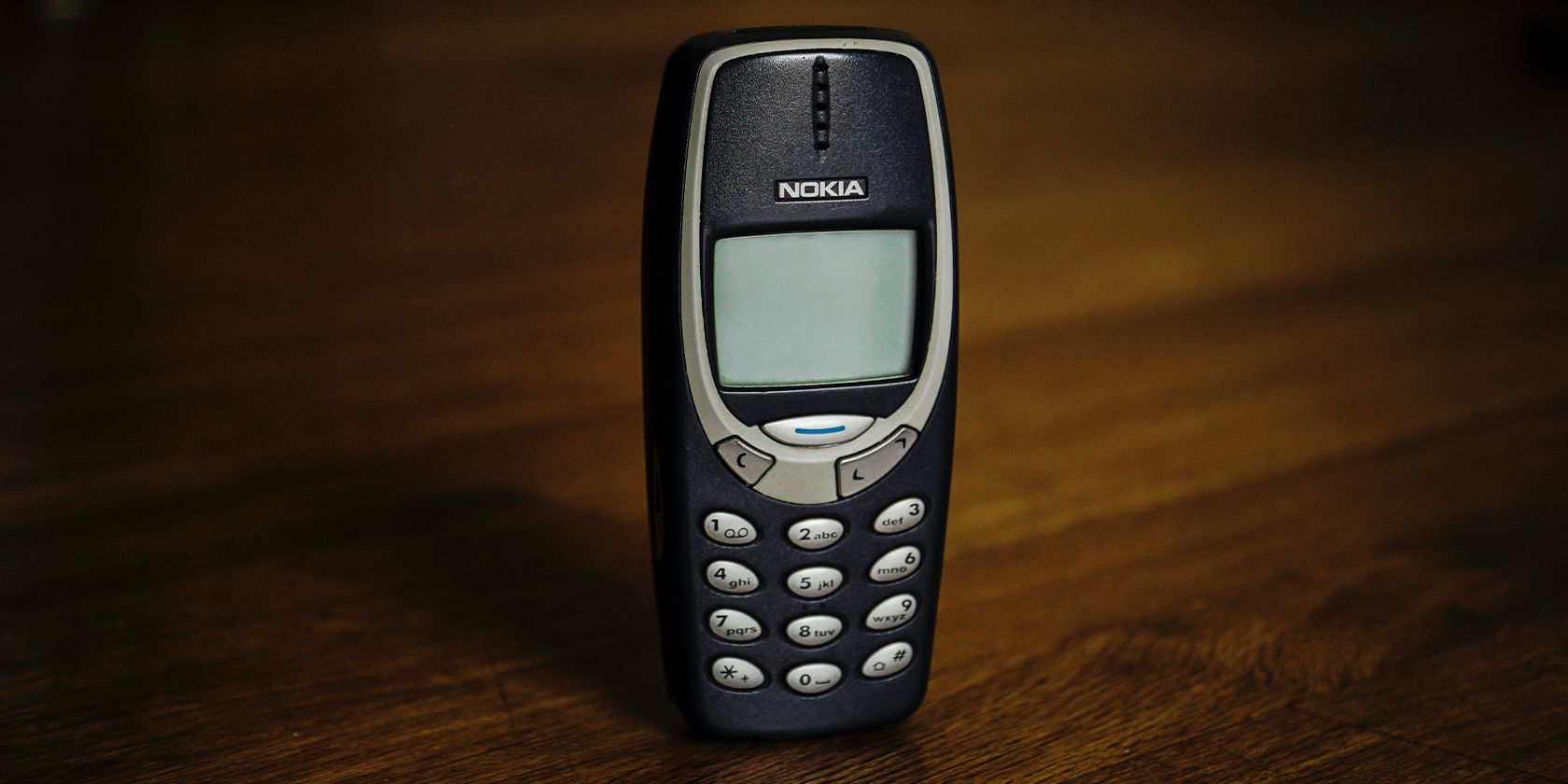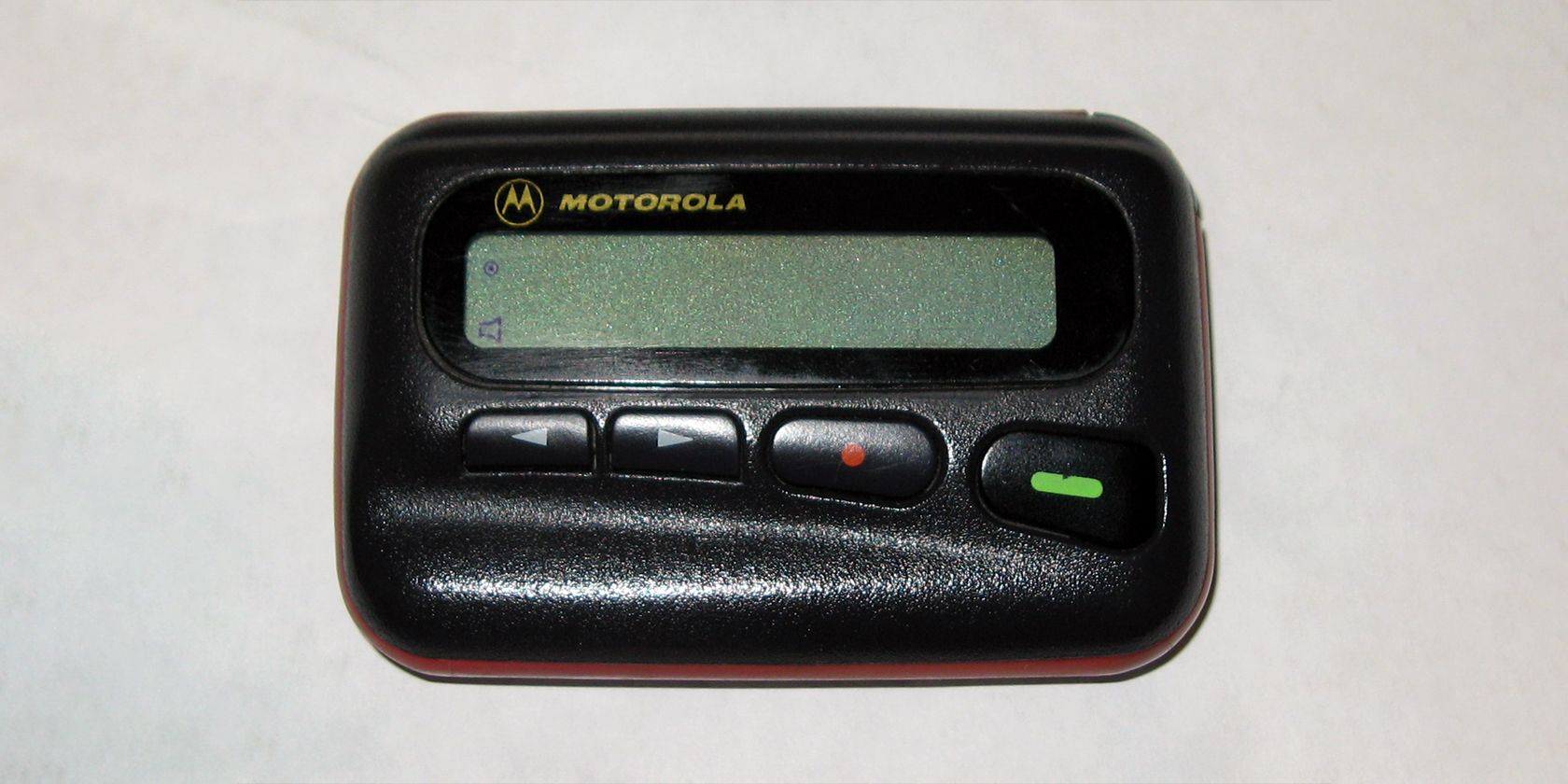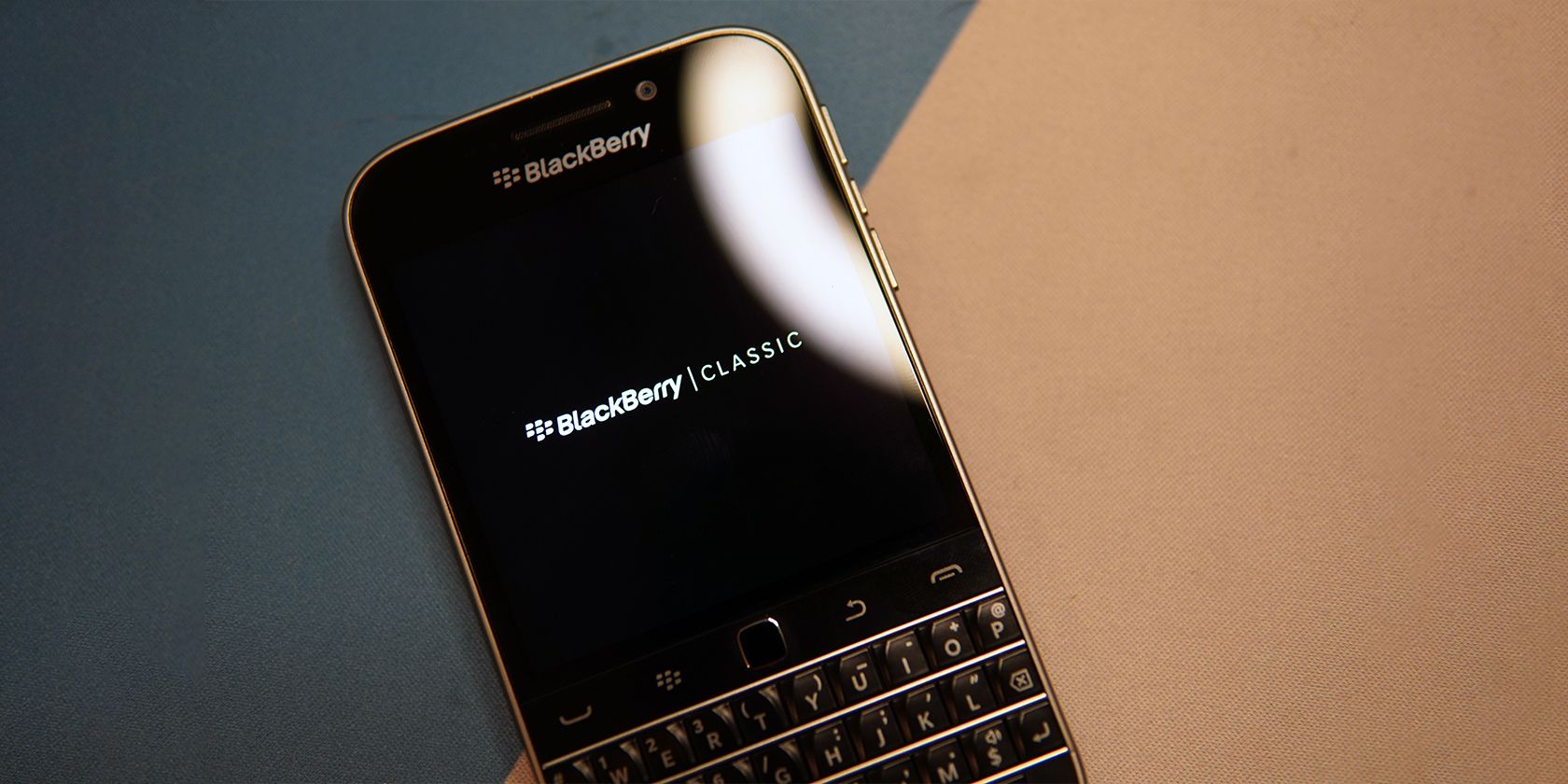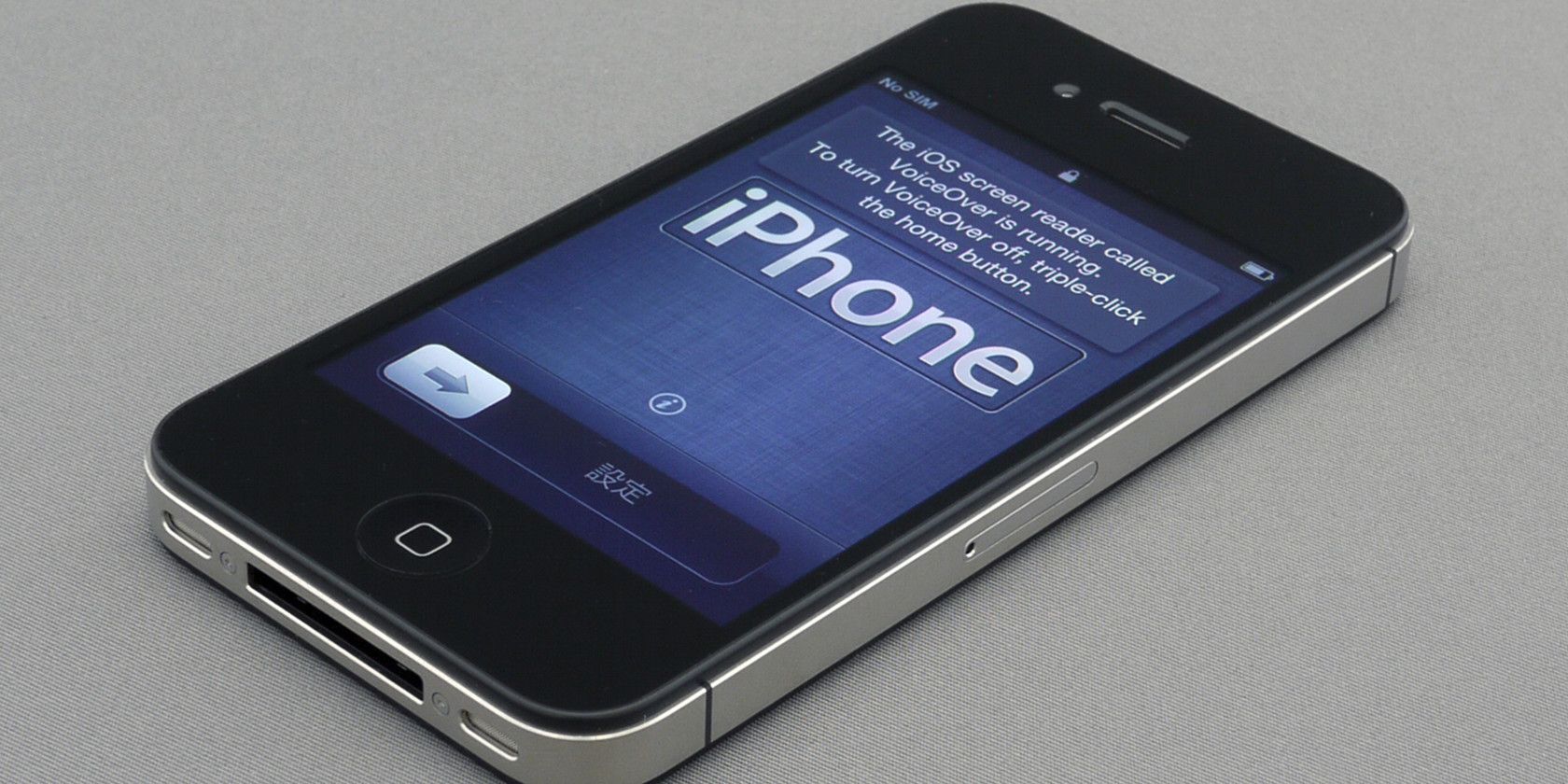If you were born in the 90s, you probably remember sending text messages using your dumb, black-and-white phone. However, there is an entire generation who aren't familiar with them. But despite these technologies being relegated to receiving security codes, messages from couriers, and non-iMessage contacts, it's still an essential part of our messaging history.
So, what exactly are SMS and MMS, where did they come from, and where are they today?
What Are SMS and MMS?
SMS stands for Short Message Service, while MMS means Multimedia Messaging Service. Both technologies are designed to let mobile phones communicate with one another using text and multimedia content.
Before SMS came to be, pagers were used to receive text messages. Although the pager first started as a small device that beeped every time a user received a call on a specific landline, it eventually gained the ability to receive and display simple text messages to its user. According to Wikipedia, it was this radiotelegraph technology used in radio memo pagers that SMS came from.
In 1986, the technology behind SMS was first defined. However, it wasn't until 1992 that the first text message was sent. About a year later, Telia launched text messaging services to its users in Sweden—allowing them to send messages up to 160 characters long, including spaces. By 2010, SMS had grown so prevalent that almost 6.1 trillion texts were sent annually—approximately 200,000 messages per second.
However, as phones gained the ability to take photos, record audio, and even capture video, people wanted to share them too. That was when, in 2002, MMS was introduced commercially. Since then, the technology has been used to share media files and texts greater than 160 characters.
The Birth of BBM: Text Messaging Moves Online
In 2005, Research in Motion introduced the BlackBerry Messenger (BBM). This was the world's first taste of online instant messaging on mobile. It acted like an active email service, where you sent messages using BlackBerry's servers, and your recipient received them instantly.
However, BBM went beyond text and pictures. It allowed you to send files and even your current location to your contacts. Furthermore, you could create group chats that allowed multiple people to talk to one another. BBM is the precursor to Facebook Messenger, Whatsapp, iMessage, and other online instant messaging services on our phones today.
BBM also introduced several features that we're used to today but weren't available to SMS and MMS. These included read receipts, which showed if your message was delivered to and opened by your recipient. You can also see the status of your BBM contacts if they're busy or not, plus chat with them in real-time.
The primary downside to BBM was that it required you to have a BlackBerry device and either have a data plan or a BlackBerry Internet plan—expensive subscription services in 2005.
Nevertheless, when BBM was opened to non-BlackBerry users, its active members soared to over 100 million in 2014. By 2016, It had over 889 million users, making it the second most popular messaging app next to Telegram. However, by 2019, just three short years after its peak, BBM shut down for good.
Apple Combines SMS, MMS, and Instant Messaging
Even before BBM reached its peak, Apple introduced the iMessage in 2011. This app combined instant messaging services with SMS and MMS. So, if you have a contact on iMessage, you can chat with them using all its features. These include instant replies, receiving full-quality photos and videos, sharing files and contact information, and group messages.
However, if you or your contact isn't connected to the internet (either via Wi-Fi or data connection) or the user you're talking to doesn't have an iMessage account, Apple converts your message into SMS (if it's text only) or MMS (if it contains media).
Since the iMessage app is incorporated into the Messages app of Apple devices, and more than half of smartphones in the US being iPhones, most Americans use Apple's instant messaging service instead of SMS by default.
That's because if you send an SMS using your iPhone, it will prioritize sending it via iMessage, especially if the recipient is also using an iPhone. If your contact isn't online on iMessage, then that's the only time your iPhone will send your message via SMS or MMS. However, you have to turn this feature on to use it.
But if your contact isn't using an iPhone, iMessage will send your text as an SMS or MMS.
The Blue vs. Green Bubble Debacle
If you're an iPhone user, you'll probably notice that some messages have blue bubbles while some have green bubbles. If you're talking to someone with blue bubbles, they're using the iMessage service, too. That means you can talk to them straight from your Messages app and send them emojis, photos, videos, files, and more.
But if the person you're talking to has green bubbles, your conversation with them is limited to SMS and MMS services only. This leaves a vastly inferior experience for both users, and you have to use another messaging service to get the same experience with iMessage.
This distinction is made worse with group chats. If just one person in a group chat uses an Android device, the entire chat would be in green bubbles, thus significantly reducing the user experience. In fact, Apple uses the blue and green bubble distinction to give an advantage to its brand.
Text Messaging Used to Run the World
2.1 trillion text messages were sent in 2020. While this might seem astounding, the number of SMS sent annually has actually fallen by 66% from 2010. That's because of the prevalence of online instant messaging apps like iMessage, Whatsapp, Messenger, and more, which provides a better overall experience.
Nevertheless, SMS is still an essential part of our society today. It's still useful for places with poor or no internet connection. Furthermore, SMS helps with our security by receiving two-factor authentication codes and as a way for the government to disseminate emergency information. It's also the primary way to contact you for users outside your network that don't have iMessage.
However, if Google successfully pushes Apple to adopt RCS, then expect SMS and MMS usage to fall even more.




